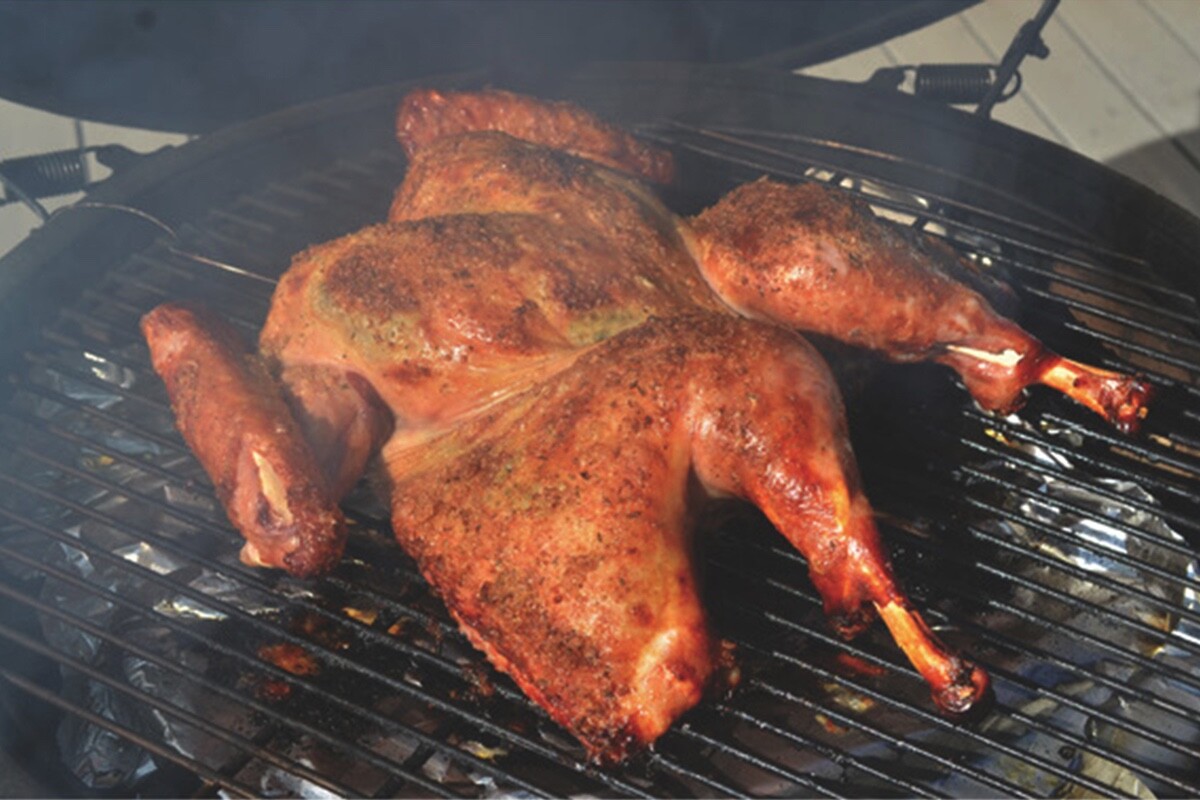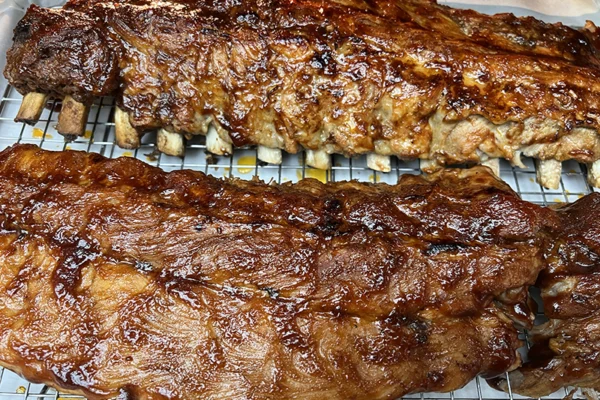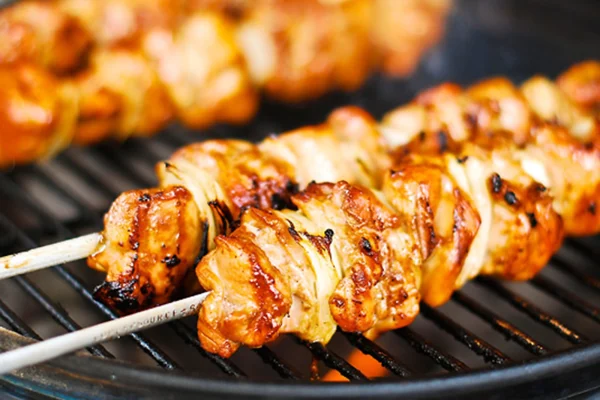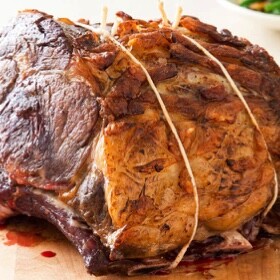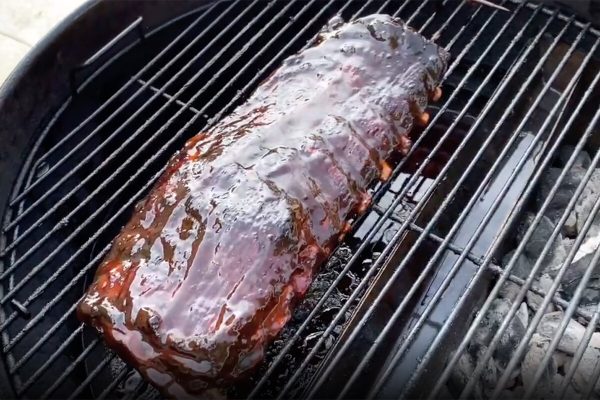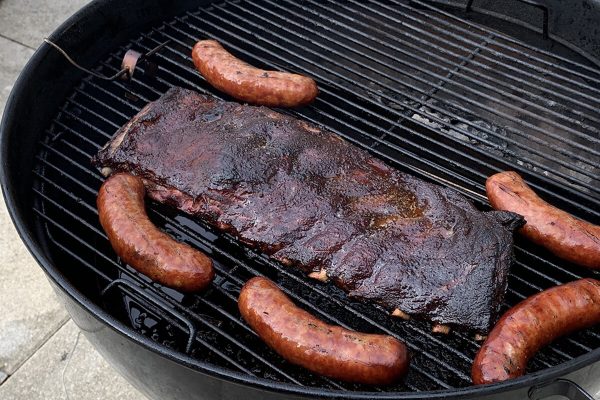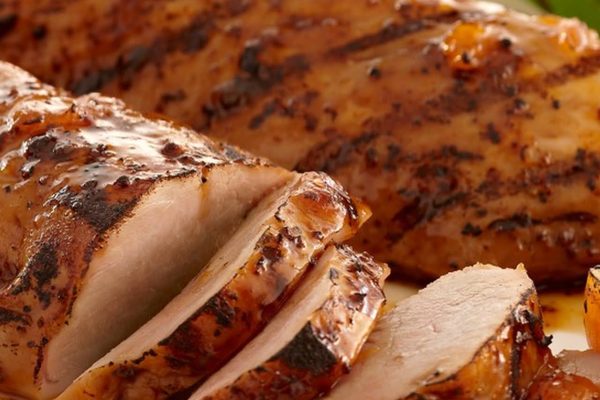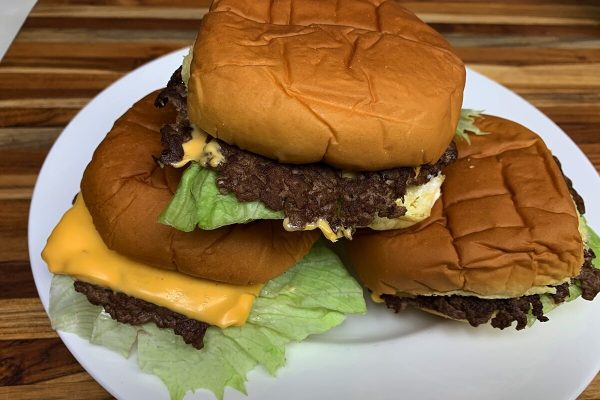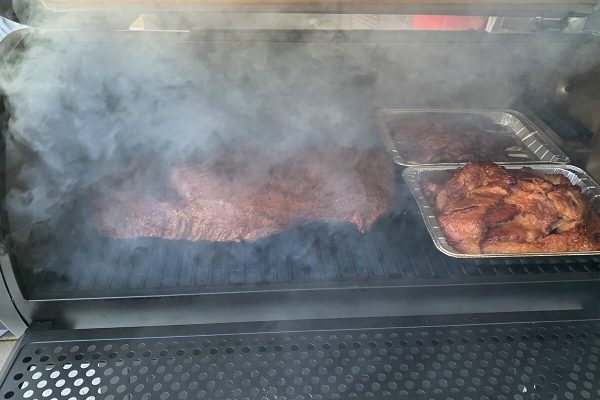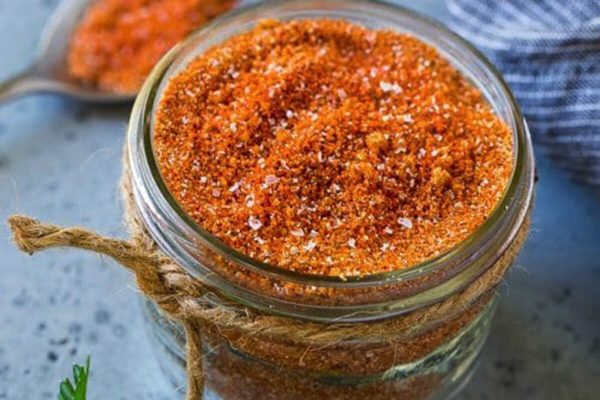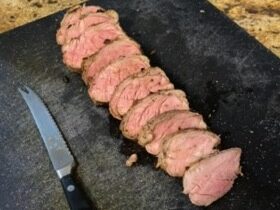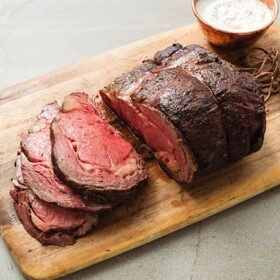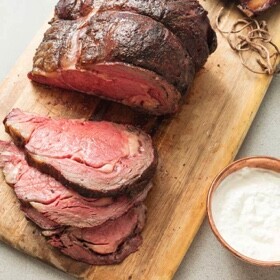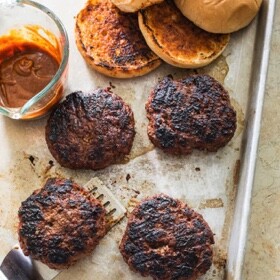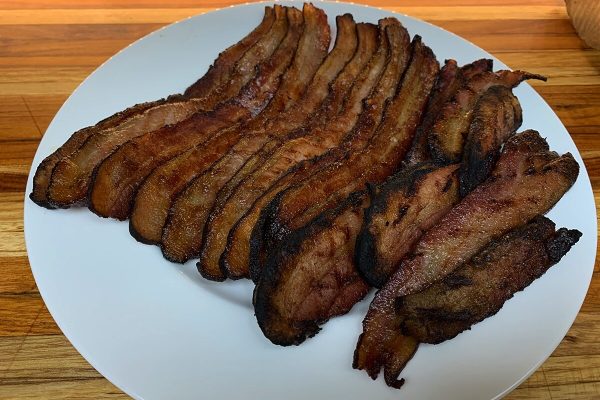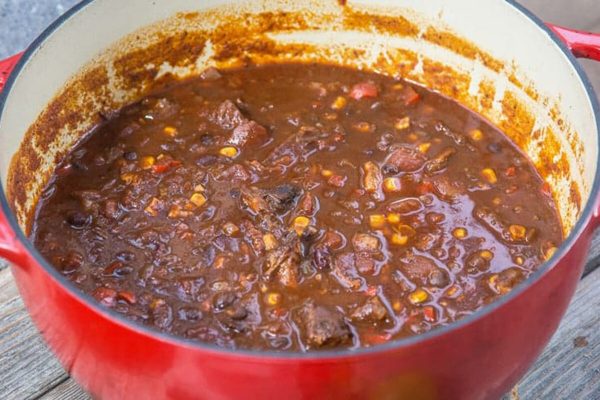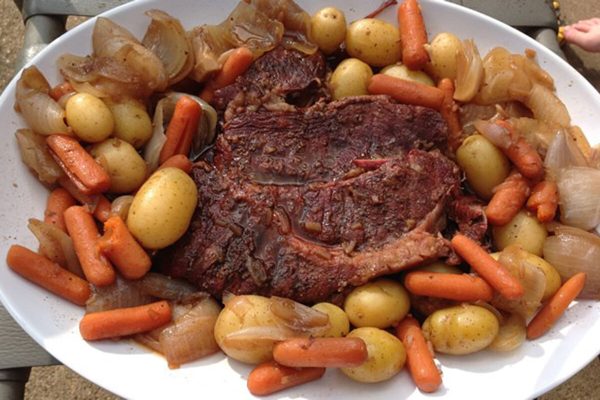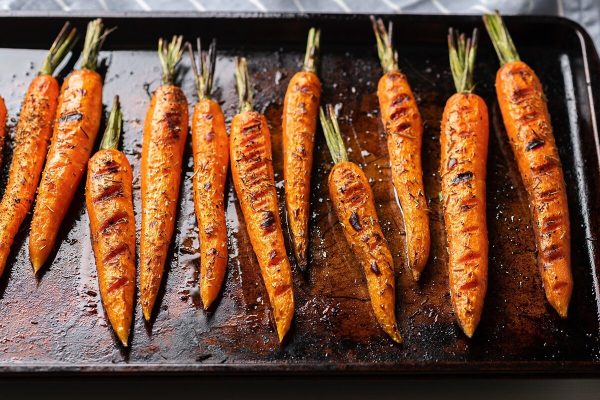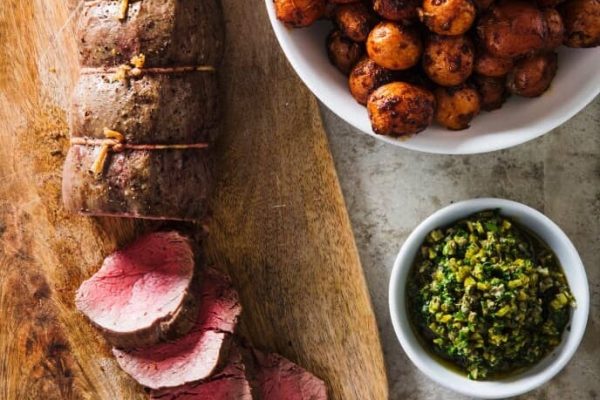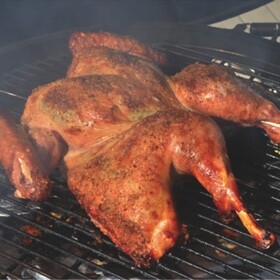
Grilled Spatchcock Turkey with Citrus-Herb Salt and Sage Butter
Ingredients
Citrus and Herb Salt
- ¼ cup Kosher Salt
- ½ teaspoon fresh thyme leaves
- ½ teaspoon chopped rosemary
- ½ teaspoon lemon zest
- ½ teaspoon lime zest
- 1 clove garlic peeled and roughly chopped
Sage Compound Butter
- 8 tablespoons unsalted butter at room temperature
- 2 teaspoons finely chopped fresh sage
- 2 teaspoons finely chopped fresh rosemary
- 1 teaspoon finely chopped fresh thyme leaves
- 1 tbsp finely chopped fresh parsley
- 2 cloves garlic minced
Turkey
- 12-14 pound turkey thawed
- 2 tablespoons canola oil
Instructions
- Prep. Prepare the herb and citrus salt by combining the salt, thyme, rosemary, lemon zest, lime zest, and garlic in a coffee/spice grinder or food processor and pulse until all of the ingredients are completely combined. Set the flavored salt aside until ready to use.
- For the compound butter, combine the butter, sage, rosemary, thyme, parsley, and garlic in a small mixing bowl and blend well. Set aside until ready to use.
- To spatchcock the turkey, use poultry shears or heavy-duty kitchen shears to cut along both sides of the backbone. Remove the backbone. Turn the turkey over and flatten it by pressing down on the breasts with your palms. You may hear the breast bone crack, which is fine.
- Gently work the sage compound butter under the skin of the turkey, massaging it with your fingers to spread it over the breasts and into the thighs and legs. Rub the outside of the turkey with the canola oil and season with the herb and citrus salt.
- Fire up. Prepare a smoker for indirect cooking. Alternatively, you can set up a charcoal grill for indirect cooking by placing a chimney full of pre-heated charcoal briquets on one side of the grill’s charcoal grate in order to create direct and indirect cooking zones. Set a disposable aluminum half pan on the side opposite the charcoal and add approximately an inch of water to the pan. This will help catch the drippings so that they can be used later for gravy. Adjust the smoker or grill vents to bring the temperature to about 325°F (162.8°C) and add 2 to 3 chunks of your favorite smoking wood to the charcoal for flavor. Replace the main cooking grate. On a gas grill, adjust the temperature knobs so that one half of the grill is off and the other half is heated enough to maintain a temperature of approximately 325°F (162.8°C) on the indirect side. If possible, set an aluminum half pan under the main cooking grate on the cool side of the grill in order to catch drippings for gravy.
- Cook. Place the spatchcocked turkey skin side up on the indirect side of the grill, positioning it so that the legs are facing the heat source.
- Cover the grill and allow the spatchcocked turkey to cook until it reaches an internal temperature of 160°F (71.1°C), approximately 2 ½ hours (Note: Your cooking time will depend a lot on the outdoor air temp, the thickness of the breasts, and the unique characteristics of your grill or smoker. It is best to use a remote temperature probe such as the ThermoWorks Smoke so that you can monitor the internal temperature of the meat while preparing the rest of the meal and enjoying the company of your guests).
- Serve. Remove the turkey from the grill, carve, and serve immediately.
